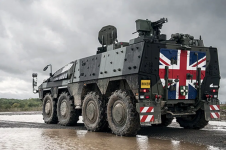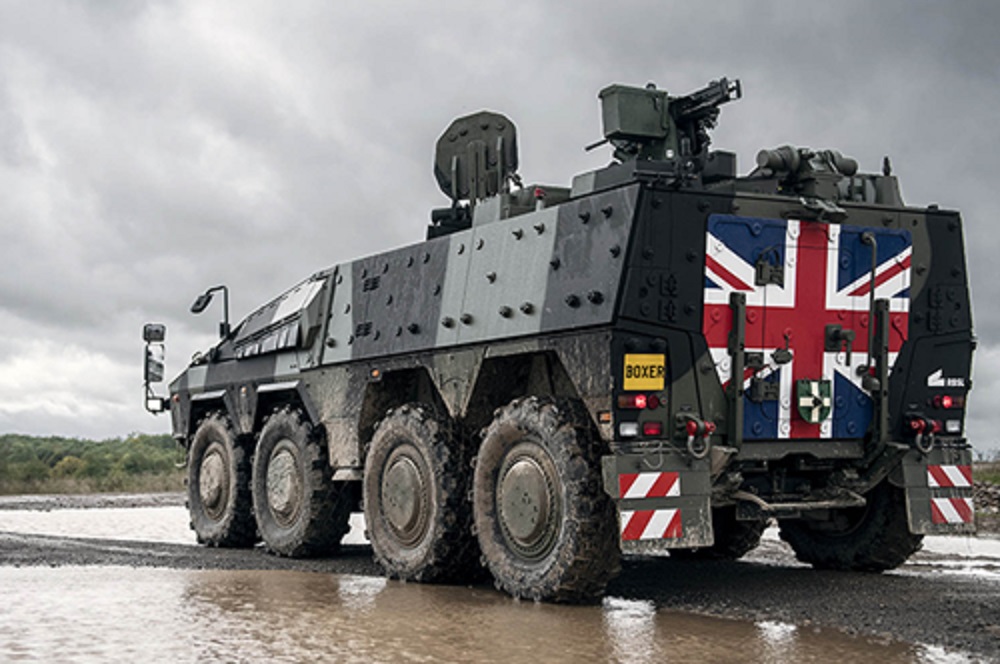Your proposition assumes that quadcopters are able to persist overhead 24/7. For every measure, there is a countermeasure.
Folks argued that the bomber would always get through. In reality, it wouldn't always get through, and even if it did, it didn't always deliver the intended effect.
So your counter to the obsolence of the technology of the tank is the obsolescence of the technology of the bomber?
As I have noted before the bomber was just a device that permitted the bombardier to ride his bomb most of the way to his target rather than having to send his bomb from his bombard and trust to the science of ballistics and the vagaries of the weather to hit his target. Now that same bombardier, cheaply, can sit beside his coffee pot, tell his bomb what target to look for, send it, have it takes a couple of laps of the area, look for the target and look for another if it can't find it and return to base if it comes up completely dry. All the while the bombardier can keep eyes on.
If you want to argue that the elements of warfare have not changed since we were smashing skulls with clubs, sticking each other with spears and chucking darts with atlatls then you will get no argument from me. On the other hand technology constantly changes the dynamics of warfare. Tanks did that. Bombers did that. UAVs and PGMs are doing that. I agree entirely with observations about combined arms tactics. Absolutely no argument about that. But who is to say that the Tank will endure as part of that structure? What happened to the Quick Firing 13 pdr used by the Royal Horse Artillery? It was better than the muzzle-loading cannons of Napoleon but not as good as Guderian's panzers.
Which brings us to the business of managing change: adaptation, innovation and experimentation.
https://army.ca/forums/javascript:void(0)
In February, the Loyal Wingman finally took flight in Australia. A pilot-less, stealthy aircraft designed to operate alongside manned fighters, the drone exemplifies what may be
a better approach to military innovation: rapidly delivering large numbers of advanced capabilities cheaply and doing so in a way that augments the legacy force, not simply replacing it.
... an alternative to the current model of military modernization and innovation. For years, defense planners have pursued world-class, high-tech capabilities that would offset enemy weapons and systems. But their pursuit of silver bullets for the wars of the future left us unprepared for the wars of today and the immediate years ahead—a pattern seemingly reinforced by the recent budget request.
While R&D is vital for maintaining the military's edge, we need to do more in the near term to translate technological advances into fielded weapons and as large a scale as possible. We may never close the gap between the rate of technological evolution and that of the military, but we can narrow it. We can think about continual innovation rather than long, multi-decade cycles of modernization. We can focus on bringing new concepts into the field as they become available and having them complement, not replace existing weapons. And we can remember that even the most high-end aircraft can only be in one place at a time. There is no substitute for quantity.
In February, the Loyal Wingman finally took flight in Australia. A pilot-less, stealthy aircraft designed to operate alongside manned fighters, the drone exemplifies what may be a better approach to m

www.realcleardefense.com
The US and the UK have spent fortunes chasing pipe dreams to generate revolutionary vehicles that would "overmatch" any enemy they were likely to face. And all of those efforts were judged fiascos.
On the other hand, many of the technologies incorporated in those experimental "fiascos" were found to be sufficiently practical that they could be added to existing inventories to improve their capabilities.
The Abrams improvements are one example. HVM munitions for 155s and 127s from rail gun experiments is another.
Sometimes it is important to recognize that what you have in hand is good enough. Equally it is important to recognize what you have at hand.









